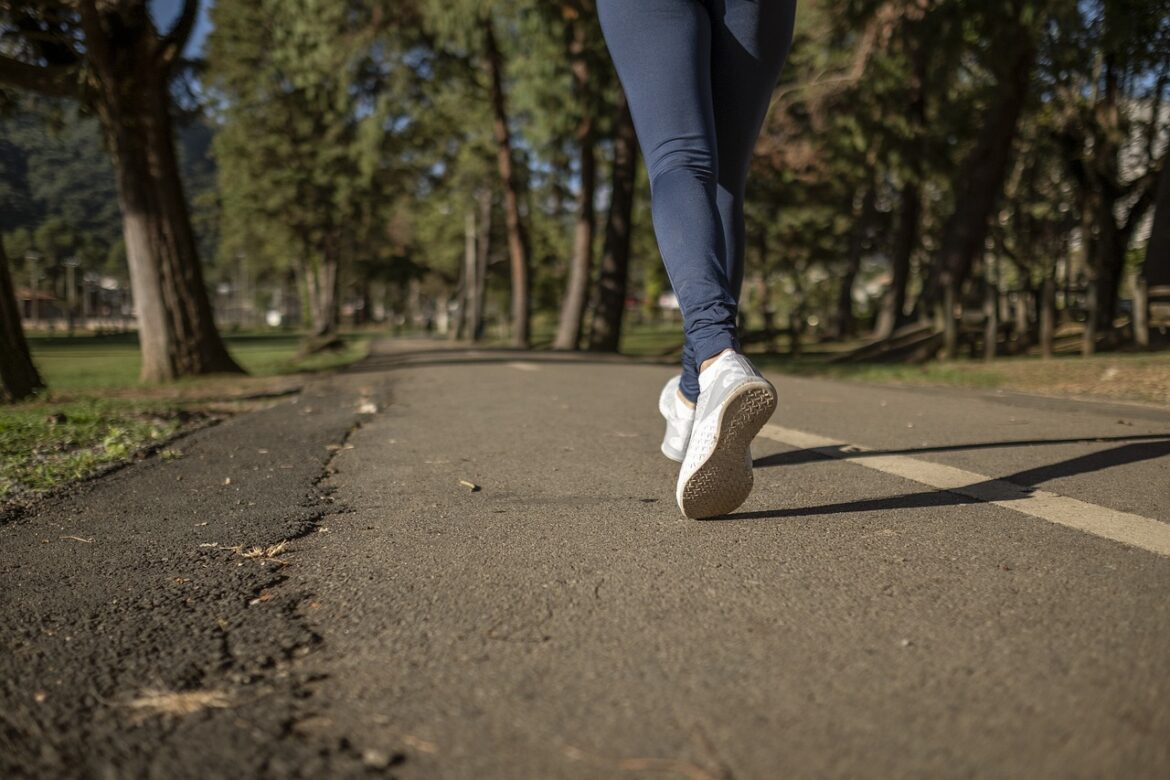Prevent Ankle Injuries as You Jump Into Spring Activities
Having been less active or being active differently for some time, we must think about our bodies before we jump back into our outside activities and sports. Here are a few tips on keeping your ankles safe and free from injury this season.
The Ankle Basics
Stretching and strengthening are the backbones of most prevention programs. Your ankle is no different. Making sure the structures surrounding the ankle (ligaments, tendons, and muscles) are not tight can decrease your risk for an ankle injury. Strengthening is also a key component in reducing your risk for an ankle injury. Weak ankles cannot perform corrective body movements strongly enough and end up injured. Ankle strengthening both functionally through squats, lunges, stair climbs, along with Theraband resistance exercises can improve your ankle stability. Improved ankle stability and strength will allow for better ankle proprioception, so when you step awkwardly or on an irregular surface, your ankles will be able to control the movement better and protect themselves from injury.
Choosing the Right Shoes to Fit Your Feet
Making sure you have appropriately fitted, right-sized shoes to wear can decrease the movement of the foot and keep your ankles supported and stable.
For Pronated or Flat Feet
- Front, back, and arch support
- Sturdy, supportive shoes provide better ankle stability
For Stiffer, High Arched Feet
- Cushioned shoes
- Softer Soles
- Allows for greater movement of the foot and ankle
Having your shoes adequately sized and fitted by a trained professional can ensure that your shoes are not too large or too tight, which can lead to tripping or circulatory problems, placing your ankles at greater risk for injury. Replacing your shoes once the tread shows signs of wear is also essential. Having good traction on your shoes can decrease the chances of slipping or losing your footing, which can cause ankle injuries.
Improve Core Stability
Research has shown that there is a direct relationship between your core/hip muscles and lower extremity control. If there is any weakness in your core and hips, instability is more likely to be present through your ankles. If you lose your balance, trip, or land awkwardly on your leg and foot, your core and hips are less able to help control the movement, placing more of the unsteady weight through your ankle, which can lead to injury. Begin with a core strengthening program that focuses on correctly engaging all your core muscles, including your pelvic floor, diaphragm, and transverse abdominis, not just your traditional 6-pack muscle. Examples of Traditional core strengthening exercises include planks, posterior pelvic tilts, and crunches.
Balance Training
Learning where your body is in space is a critical skill in protecting yourself from injury. Balance training can help you learn where your body is (proprioception) and is also a great strength training exercise for your ankles. Exercise such as balancing on one leg on different uneven, non-hard surfaces causes the balance receptors in your ankle to work hard to steady itself, which leads to stronger ankles that can correct when out of position instead of rolling or injury. Taking the time when you aren’t injured to work on your balance and ankle strength will help prevent severe injuries in the future.

